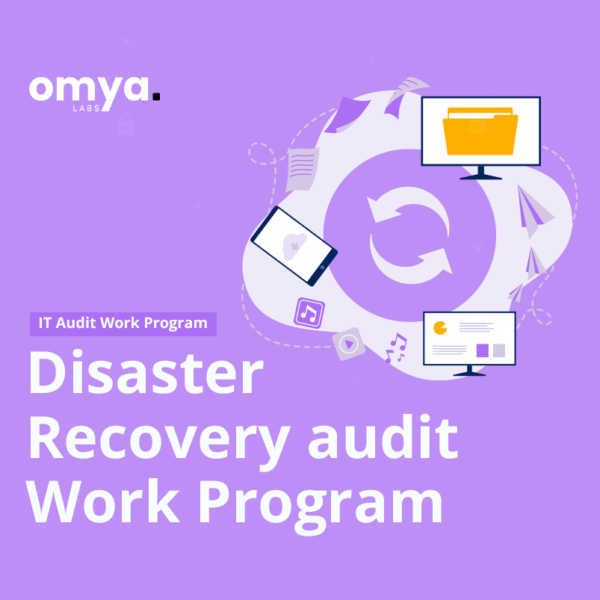We provide you with not 1 but 3 IT Disaster Recovery Audit Program that contain everything you need to perform a comprehensive review of the Disaster Recovery plan.
On top of it, we provide you with an hour of free consulting to discuss any queries that you may have.
Risk-Free Assurance:
Your satisfaction is our top priority. That’s why we provide a 100% money-back guarantee – a testament to our confidence in this audit program.
Objectives of the Disaster Recovery Audit Program:
- Ensure Compliance: Verify adherence to industry regulations and best practices.
- Risk and Threat Evaluation: Assess the DRP’s ability to identify and mitigate risks.
- Test Effectiveness: Check the practical functionality of the DRP through simulations.
- Review Recovery Strategies: Evaluate the adequacy of data backup and system restoration plans.
- Training and Awareness: Ensure staff are well-trained and knowledgeable about their DRP roles.
- Plan Maintenance: Regularly update the DRP to reflect technological and environmental changes.
- Resource Allocation: Assess if adequate resources are dedicated to effective disaster recovery.
Frequently Asked Questions (FAQs)
1. What is the audit of the disaster recovery plan?
An audit of a disaster recovery plan, often referred to as a ‘disaster recovery plan audit’ or ‘disaster recovery audit’, involves a meticulous examination and evaluation of the disaster recovery strategies and procedures of an organization.
This audit ensures that the disaster recovery audit plan is comprehensive, up-to-date, and capable of effectively responding to various types of IT crises.
The process typically includes a review of risk assessments, recovery objectives, backup systems, and response protocols. It’s crucial in today’s IT landscape to regularly conduct these audits to stay ahead of evolving cyber threats and technological changes.
2. What is included in an IT disaster recovery plan?
An IT disaster recovery plan is a critical component of modern business resilience strategies. It typically includes detailed procedures for data backup and restoration, a clear delineation of key roles and responsibilities, communication protocols for crisis management, and infrastructure recovery processes.
The latest best practices in the field emphasize the incorporation of cloud-based solutions for flexibility and scalability, as well as advanced cybersecurity measures.
Incorporating elements from a ‘disaster recovery plan audit program’ ensures that the plan remains robust and adaptable to new challenges.
3. How is disaster recovery used in the IT industry?
In the IT industry, disaster recovery is a pivotal process used to protect and restore IT systems and data after a disruptive event, such as a cyber-attack, natural disaster, or system failure.
This involves a strategic combination of technologies, policies, and procedures designed to swiftly bring systems back online with minimal data loss.
Key components include real-time data backups, redundant systems, and disaster recovery protocols. The use of a comprehensive ‘disaster recovery audit plan’ is essential in ensuring these systems are always ready and effective.
4. What are the 4 components of a disaster recovery plan?
The four main components of a disaster recovery plan include risk assessment and management, business impact analysis, recovery strategies, and plan testing and maintenance.
Each of these components plays a vital role in ensuring that the organization can recover quickly and efficiently from an IT disaster.
Regular ‘disaster recovery plan audits’ help in identifying potential areas of improvement and updating the plan according to the latest IT and cybersecurity trends.
What are the different types of recovery audits?
Recovery audits vary depending on the focus and scope. Common types include financial recovery audits, IT disaster recovery audits, operational recovery audits, and compliance recovery audits.
Each type addresses different aspects of recovery and preparedness, such as financial accuracy, IT systems resilience, operational procedures, and adherence to legal and regulatory standards. Implementing a ‘disaster recovery audit’ as part of a ‘disaster recovery audit plan’ is a best practice that ensures all aspects of disaster preparedness are regularly reviewed and optimized.








Reviews
There are no reviews yet.